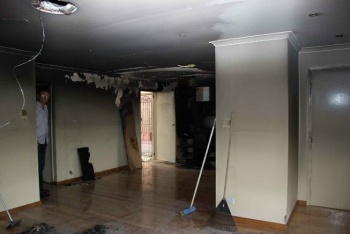
Some landlords refuse to spend any money to keep their rental properties in good shape - to make them fit to live in / fit for habitation. The kitchen cupboards are from the 1960s, the carpet is worn out and the flyscreens are torn.
These are cosmetic defects and mean that the property is rented at a low rent.
But there may be more serious defects, often structural defects, which are a threat to health and safety. It is these defects which can make a rental property not fit to live in.
The NSW Government has introduced minimum standards for rental properties, to start on 23 March 2020, which will make it compulsory for landlords to offer properties for rent which are fit for habitation. Landlords will need to answer Yes to these questions:
- Are the premises structurally sound?
- Does the premises have adequate natural or artificial lighting in each room; ventilation?
- Are the premises supplied with electricity and gas, and have adequate electricity or gas outlet sockets?
- Are the premises connected to a water supply service; are there bathroom facilities; is there adequate plumbing and drainage?
- Are there signs of mould or dampness; pests and vermin; has any rubbish been left on the premises; and are the premises listed on the Loose-Fill Asbestos Insulation Register?
- Have the smoke alarms been installed and checked and found to be in order; have the batteries been replaced within the last 12 months?
- Are there safety issues, visible hazards relating to electricity or gas?
- Is a telephone / internet line connected?
Are water efficiency compliance measures in place?
If the answers are No, the tenants can break the lease without a break fee, and be compensated by a refund of part or all of the rent.
For more click on my article
